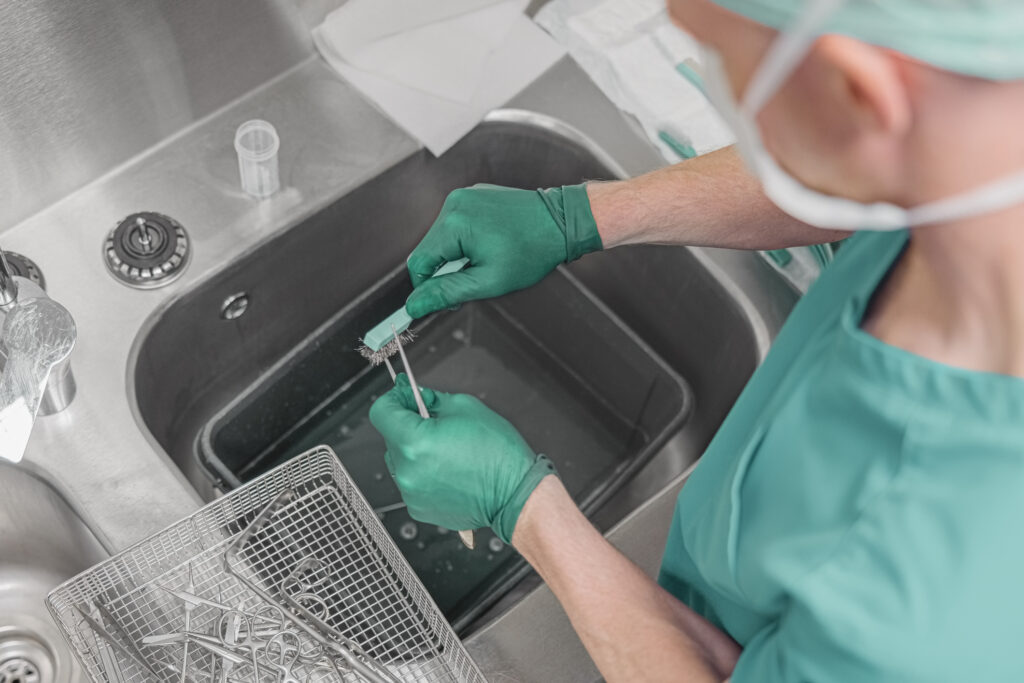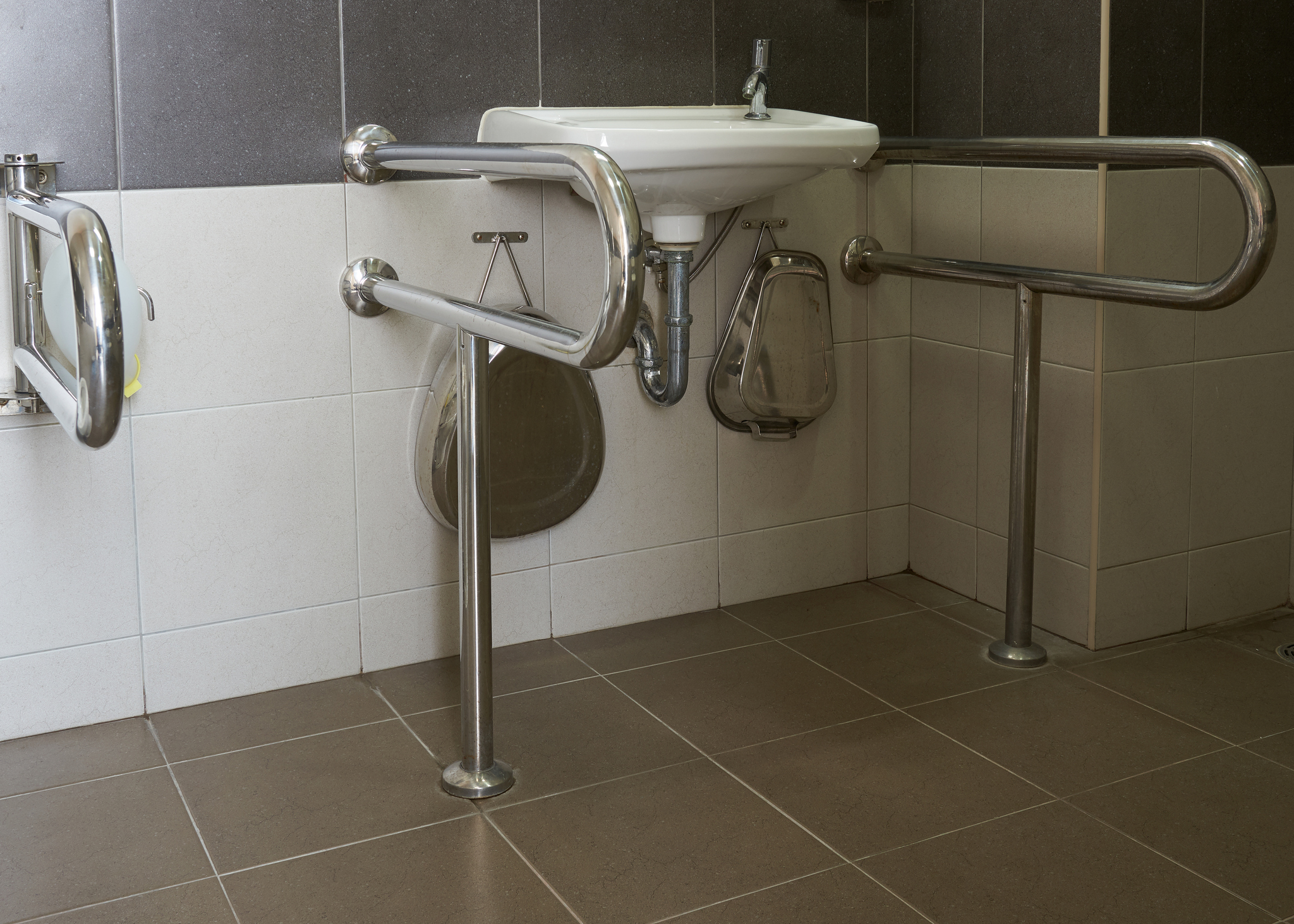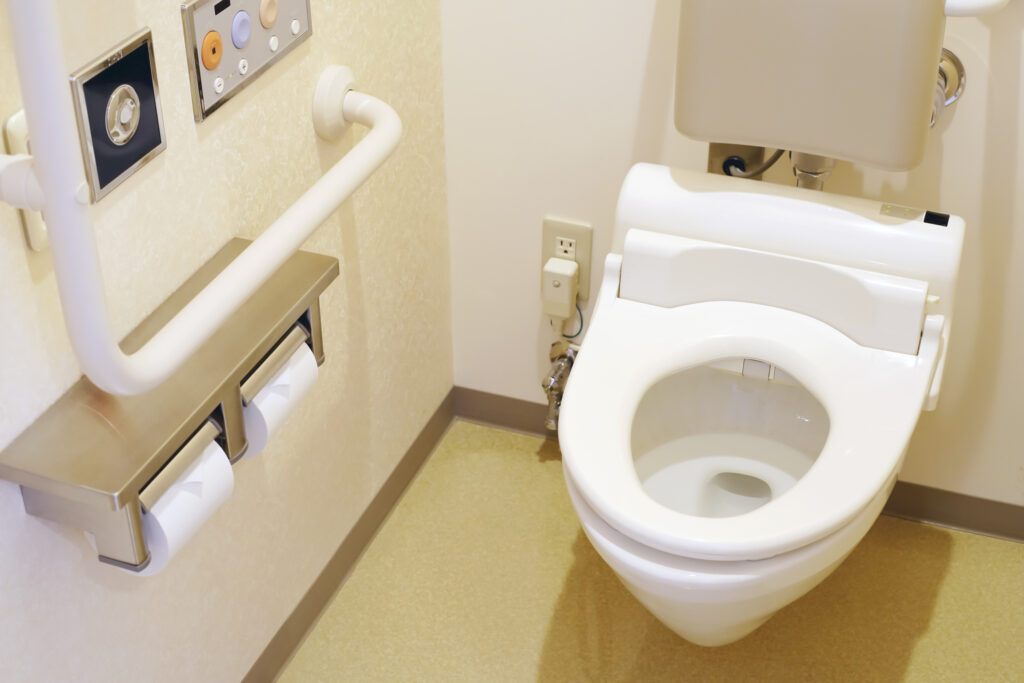
Addressing Plumbing Risks in Hospitals and Healthcare Buildings Through Standards Development
When comparing plumbing systems in residential and commercial buildings, significant differences in design practices are evident, tailored to accommodate each building’s size and complexity.
Around the world, various international plumbing codes and standards have been developed to establish minimum design and installation requirements for plumbing systems. These requirements vary based on the type of building, with distinct requirements for residential and commercial structures. When comparing plumbing systems in residential and commercial buildings, significant differences in design practices are evident, tailored to accommodate each building’s size and complexity,
The importance of considering the differing risk profiles of different buildings is highlighted in the Risk-Based Building Classification and Inspection Guidelines developed by the International Building Quality Centre (IBQC). The IBQC’s Risk-Based Classification and Inspection Guidelines provide a great model for building regulation in the design and ongoing improvement of the building regulatory ecology in Australia and New Zealand.
Comparing the Risk Profiles of Buildings
What if a building presents a different risk profile compared to another building of the same size, but with a different purpose?
Should these buildings be treated the same from a plumbing design perspective, or should these systems be specifically designed to mitigate the heightened risks to the building occupants?
In hospitals and healthcare buildings, most occupants are either immunocompromised or highly susceptible to contracting illnesses from others within the building. Unfortunately, the risks associated with plumbing services pose a significantly higher threat to occupants in these types of buildings should something go wrong.
Different considerations are needed for building occupants who are patients, depending on whether they are highly infectious or highly vulnerable. It’s also important to account for the effects of the rooms they are in, such as whether those rooms have positive or negative air pressure. International codes and standards for sanitary drainage systems only give design consideration to atmospheric pressure, and do not inherently accommodate negative pressure or positive pressures.
While COVID-19 was not the first pandemic the world has experienced, nor is it likely to be the last, this pandemic and the stresses placed on healthcare facilities and hospitals has prompted a large volume of international research. A focus area of this research includes the spread of pathogens within buildings. Whilst the risks of COVID-19 transmission have diminished since the peak of the pandemic, the spread of pathogens remains a significant concern for hospitals and healthcare facilities. There are valuable lessons and research findings that should be applied to the design and installation provisions for hospital and healthcare buildings as they continue to present an ongoing risk.
Even before the COVID-19 pandemic, the heightened risks associated with healthcare facilities and hospitals were highlighted during the SARS epidemic in 2003. The World Health Organization (WHO) Consensus Document on the epidemiology of the SARS epidemic included a report on a concentrated outbreak in one Hong Kong housing block which was considered a ‘super-spreading event’. The WHO report suspected that the sanitary drainage system was one transmission route for the virus.

Improving Plumbing Systems in Hospitals and Healthcare Facilities Through Research
The academic research commissioned by the International Code Council to support the development of ANSI candidate ICC 815 has highlighted the need to consider the sizing of water supply and sanitary drainage piping systems within hospital and healthcare facilities. This and other research have highlighted the heightened risks faced by occupants of these buildings.
Incorrect pipe sizing can cause significant issues such as water age, water stagnation, soil waste stranding, depletion or loss of trap seals and escape of sewer gases. Should these systems fail within these buildings, the consequences for those who are immunocompromised are quite significant.
While there are many international standards available for managing some of the risks from plumbing systems, such as the management of Legionella, L. pneumophila, there is less information available on how water should be appropriately treated for the various uses across a healthcare building such as operating theaters, scrub areas or areas dedicated to pathology.
There is also a lack of consideration regarding how different types of wastewater discharged into a sanitary drainage system may interact with others from different areas. Adequate pre-treatment of the wastewater may be necessary to prevent unintended consequences caused by differing wastewater compositions mixing within the system. This is an important consideration beyond simply ensuring that the waste discharge is a suitable quality for acceptance from a wastewater utility, which may require pre-treatment for discharges considered as trade effluent (i.e. chemicals, detergents and food wastes).
Another risk relates to the interconnections of different parts of healthcare buildings and hospitals. In a hospital, for example, one area may contain hot waste (laboratory) plumbing fixtures, another area an operating theatre and scrub area, another being an infectious disease ward and the next a commercial catering area followed by a general reception area. All these areas within the building present various risk profiles, however they are all interconnected by the same plumbing services. If these systems are not considered carefully, there are risks presented not only from your standard areas of concern but from the systems facilitating the spread of pathogens from one area of the building to another.
While fixture traps are a significant line of defense from any aerosolized pathogens entering occupied areas of a building, which is often negatively pressured from exhaust systems, hospitals and healthcare buildings present a higher risk of pathogens being present within the wastewater system.

Specialized Plumbing System Solutions
It’s not a surprise that designing plumbing systems for hospitals and healthcare buildings has evolved into a subject matter specialization. It often involves a performance-based engineering process drawing on any available international standards to identify solutions and risk management strategies as well as drawing on experience from other industry sections such as infection control, microbiology or pathogen experts.
Hydraulic and public health engineers around the world have highlighted the need for a solution to address these risks.
“Having worked for 14 years in the healthcare design industry in Australia, I have not crossed paths with a comprehensive standard, complex enough to consider the varying functionalities across differing healthcare facilities and the levels of care needed. Hydraulic service engineering needs to consider public health, water hygiene and life safety, yet respond to the functional requirements and levels of care specific to the different functional areas within a hospital or healthcare facility. Plumbing services design within the healthcare environment does not just rely upon one expert; consultation is often required with a variety of experts. A well-developed and scenario-based standard based on scientific observation and research would assist not only the inexperienced but provide the experienced with a great reference document and a document to assist training the next generation of healthcare plumbing engineers.” – Tom Wise Director, WSce.
“For the United Kingdom, a dedicated design guide would be a good way to communicate around the globe the key requisites for designing supply and disposal systems for healthcare environments providing best practice and regulatory guidance. It would present a simple and effective way to support consulting design engineers to ensure nothing crucial is overlooked as the design progresses.”– Rickesh Miyangar, UK Head of Public Health, Ramboll.

Improving Plumbing Systems Through Standards Development
In response to these issues and the need for a standardized solution. The Code Council has proposed to develop BSR/ICC 1670-202x, Standard for Plumbing Systems in Hospitals and Healthcare Buildings.
This new standard is intended to provide holistic design, installation, inspection and maintenance requirements for water supply and sanitary drainage systems in hospitals and healthcare buildings with a primary focus on the different risks associated with each area of a hospital or healthcare building. This holistic consideration is essential in developing new provisions and solutions for such high-risk environments to ensure that in providing a solution for one risk element, that it does not cause any unintended issues in other areas of the system.
This standard seeks to focus on water services (cold and heated) and sanitary drainage systems.
ICC 1670 intends to provide design considerations for both water supply and sanitary drainage systems that are based on what the industry has learned from the COVID-19 pandemic, the National Environmental Health Association’s Pandemic Task Force, the research efforts undertaken to support the development of the ICC 815 Standard for Sizing Water Distribution, Sanitary Drainage and Vent Piping Systems, research conducted by Heriot-Watt University and other available research.
A call for committee members to participate in the development of BSR/ICC 1670-202x, – Standard for Plumbing Systems in Hospitals and Healthcare Buildings will be released soon, at which time those with subject matter expertise from around the world will be called upon to collaborate on the development of this new standard.
To learn more about updates on the Code Council’s PMG standards activities, click here. To subscribe to the PMG newsletter, click here.






